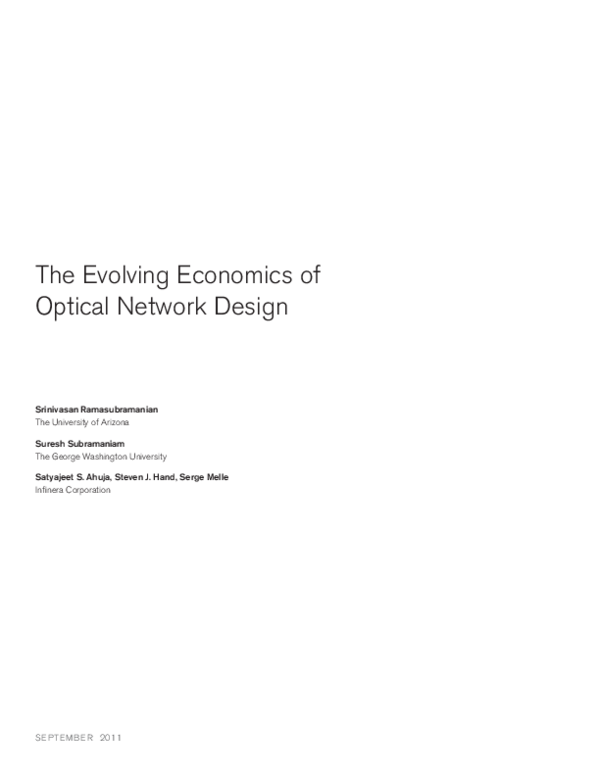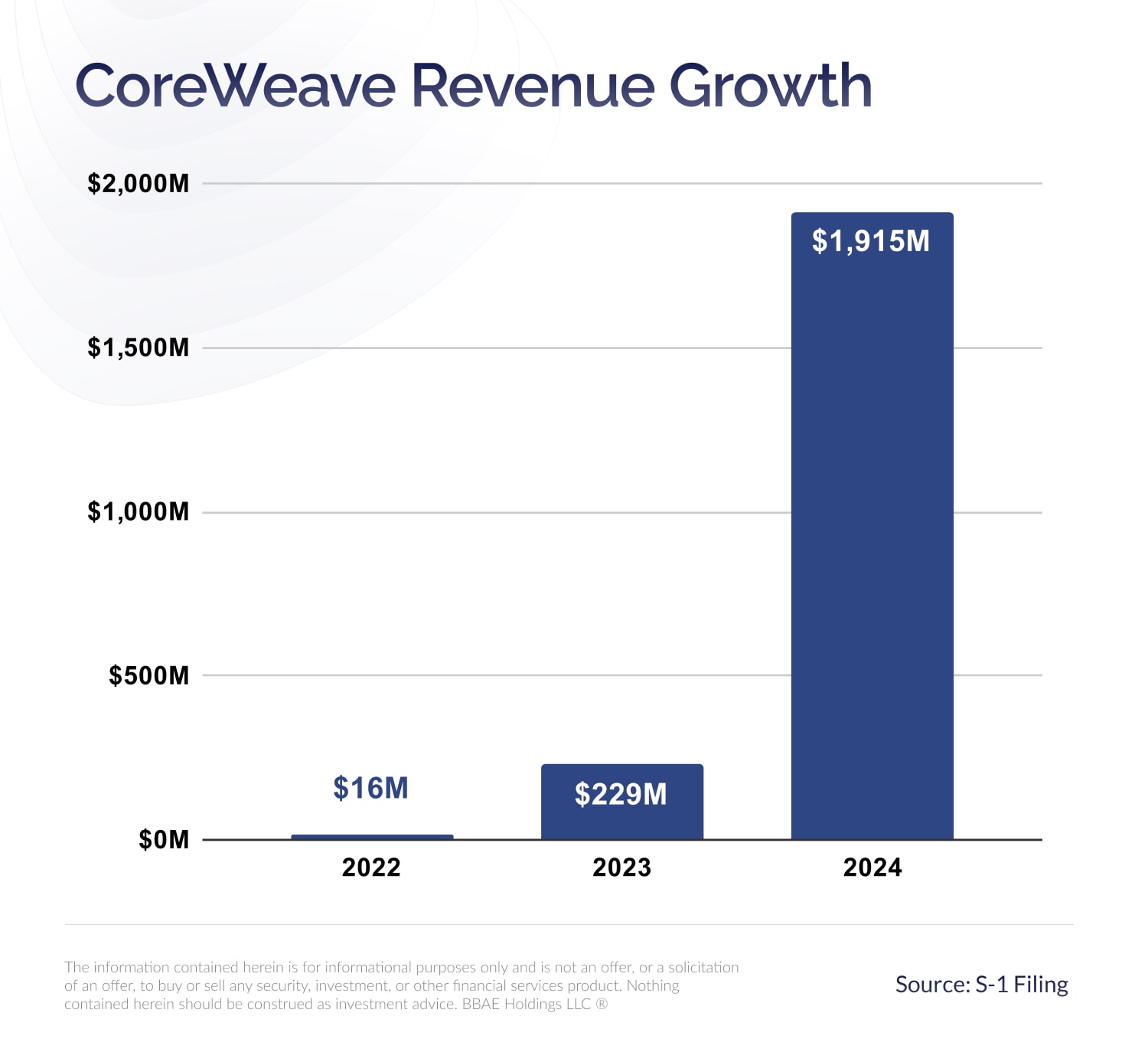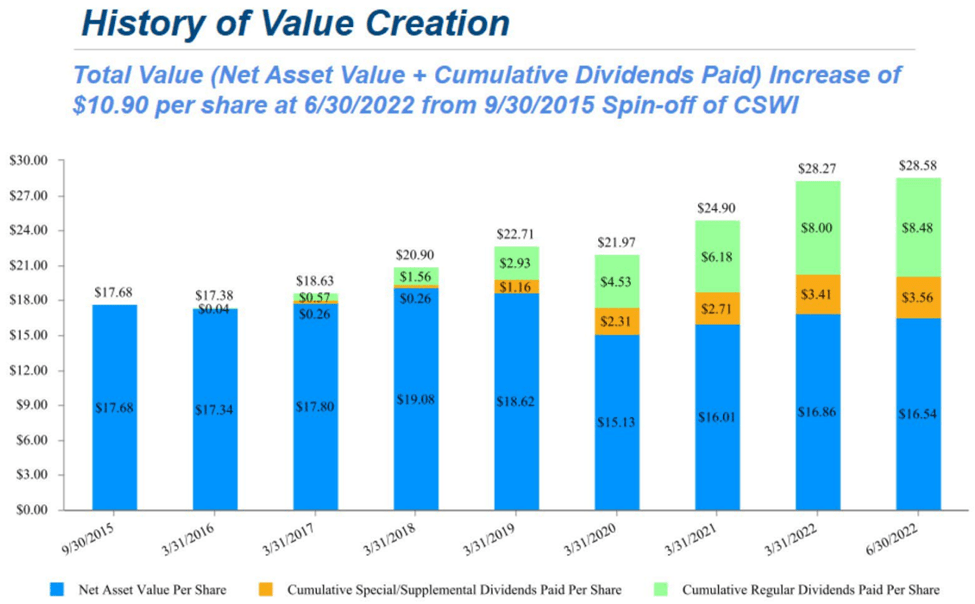The Evolving Economics Of Streaming: How Creators And Consumers Are Affected

Table of Contents
The Changing Landscape for Content Creators
The streaming boom has undeniably altered how content creators earn a living. Gone are the days of relying solely on traditional media distribution channels. Instead, a diverse range of revenue models and platforms have emerged, creating both exciting opportunities and significant challenges.
Revenue Models in Streaming
Creators now navigate a complex web of revenue streams to monetize their work. These include:
- Subscription models: Platforms like Netflix and Hulu pay creators based on viewership and subscriber numbers, often through complex licensing agreements. Pros: potentially high payouts for successful content. Cons: highly competitive, payouts can be unpredictable and often depend on platform algorithms.
- Ad revenue: Platforms like YouTube and many ad-supported streaming services share a portion of advertising revenue with creators based on ad views. Pros: accessible entry point, potential for substantial income with large audiences. Cons: reliance on unpredictable ad revenue, potentially lower payouts per view than subscription models.
- Pay-per-view: This model allows creators to charge viewers directly for access to specific content. Pros: potential for high revenue per view. Cons: requires a pre-existing audience and effective marketing.
- Affiliate marketing: Creators can earn commissions by promoting products or services within their content. Pros: adds a supplementary income stream. Cons: requires finding relevant products and building trust with the audience.
Platform fees significantly impact creators' earnings. Understanding these fees and negotiating favorable contracts is crucial for financial success in the streaming ecosystem. The disparity in payouts across different platforms also highlights the complexities of navigating the streaming revenue landscape.
The Rise of Independent Creators and Direct-to-Consumer Platforms
Platforms like Patreon and YouTube have empowered independent creators, allowing them to bypass traditional gatekeepers and build direct relationships with their audiences.
- Examples of successful independent creators: Many YouTubers, podcasters, and musicians have built thriving businesses through fan funding and direct-to-consumer models.
- Benefits of bypassing traditional distribution channels: Greater creative control, higher revenue share, direct audience engagement.
- Challenges of building an audience: Requires significant effort in marketing, content creation, and audience engagement. Competition is fierce.
This shift toward direct-to-consumer models represents a significant change in the power dynamics between creators and platforms, empowering creators with more control over their content and income.
Copyright and Intellectual Property Rights in the Streaming Era
The ease of content distribution on streaming platforms has also heightened concerns about copyright infringement and intellectual property rights.
- Examples of copyright disputes: Numerous legal battles have arisen between creators, platforms, and users concerning the unauthorized use of copyrighted material.
- Importance of proper licensing: Creators need to understand and secure the necessary licenses for the music, footage, and other intellectual property they use in their content.
- The role of streaming platforms in copyright enforcement: Platforms are increasingly responsible for identifying and removing infringing content, but enforcement remains a complex challenge.
Protecting intellectual property is paramount for creators in the streaming environment, requiring proactive measures and potentially legal counsel.
The Shifting Costs for Consumers
The rapid expansion of streaming services has created a new economic challenge for consumers: subscription fatigue.
The Subscription Fatigue Phenomenon
Consumers are increasingly overwhelmed by the number of streaming services available and the associated costs.
- Statistics on the average number of subscriptions: Studies show a significant portion of households subscribe to multiple streaming services, leading to a substantial monthly expenditure.
- The cost of multiple subscriptions: The cumulative cost of subscribing to several streaming platforms can be considerable, impacting household budgets.
- The impact of bundling: While bundling services can offer some cost savings, it may still lead to subscribing to services with content not always used.
This "subscription fatigue" is a significant factor influencing consumer choices and the long-term sustainability of the streaming industry.
Value for Money in Streaming Services
Consumers carefully evaluate the value proposition of each streaming service, considering the cost relative to the quality and quantity of content.
- Comparison of different services' content libraries: Consumers compare the variety, quality, and appeal of different platforms' content catalogs.
- The impact of original programming: Original content is a key differentiator for many streaming services, attracting subscribers and justifying higher subscription costs.
- The role of user reviews: Consumer reviews and ratings significantly influence the perception of value and inform subscription decisions.
Finding the right balance between cost and content is a key factor in consumer satisfaction with streaming services.
The Impact of Advertising on the Consumer Experience
The rise of ad-supported streaming options presents a trade-off for consumers: lower subscription costs in exchange for interruptions from advertisements.
- Different ad formats: Ad-supported streaming platforms employ various ad formats, including pre-roll, mid-roll, and banner ads.
- User experience with ads: The frequency, length, and intrusiveness of ads significantly impact viewer satisfaction.
- The effectiveness of targeted advertising: While targeted advertising can be more relevant, it can also raise concerns about privacy.
Balancing ad revenue with a positive user experience is a crucial challenge for ad-supported streaming platforms.
Conclusion: Navigating the Evolving Economics of Streaming
The evolving economics of streaming present both opportunities and challenges for both creators and consumers. Creators must navigate diverse revenue models, copyright complexities, and the rise of independent platforms. Consumers must grapple with subscription fatigue, value for money considerations, and the impact of advertising. Understanding these dynamics is crucial for navigating this constantly evolving industry. Continue your research to make informed decisions about your engagement in this ever-changing industry!

Featured Posts
-
 Financial Times Bp Ceo On Doubling Valuation And Remaining In London
May 22, 2025
Financial Times Bp Ceo On Doubling Valuation And Remaining In London
May 22, 2025 -
 The Evolving Economics Of Streaming How Creators And Consumers Are Affected
May 22, 2025
The Evolving Economics Of Streaming How Creators And Consumers Are Affected
May 22, 2025 -
 Dexter Resurrections Villain A Fan Favorite Resurfaces
May 22, 2025
Dexter Resurrections Villain A Fan Favorite Resurfaces
May 22, 2025 -
 Second Translocated Colorado Gray Wolf Dies In Wyoming
May 22, 2025
Second Translocated Colorado Gray Wolf Dies In Wyoming
May 22, 2025 -
 Exploring The Reasons For Core Weave Inc Crwv Stocks Rise On Wednesday
May 22, 2025
Exploring The Reasons For Core Weave Inc Crwv Stocks Rise On Wednesday
May 22, 2025
Latest Posts
-
 40 Ipo Price For Core Weave Lower Than Projected Midpoint
May 22, 2025
40 Ipo Price For Core Weave Lower Than Projected Midpoint
May 22, 2025 -
 Core Weave Inc Crwv Stock Surge Reasons Behind Last Weeks Rise
May 22, 2025
Core Weave Inc Crwv Stock Surge Reasons Behind Last Weeks Rise
May 22, 2025 -
 Investigating The Reasons Behind Core Weave Crwv S Thursday Stock Decline
May 22, 2025
Investigating The Reasons Behind Core Weave Crwv S Thursday Stock Decline
May 22, 2025 -
 Understanding Core Weaves Crwv Significant Stock Increase Last Week
May 22, 2025
Understanding Core Weaves Crwv Significant Stock Increase Last Week
May 22, 2025 -
 Exploring The Reasons For Core Weave Inc Crwv Stocks Rise On Wednesday
May 22, 2025
Exploring The Reasons For Core Weave Inc Crwv Stocks Rise On Wednesday
May 22, 2025
